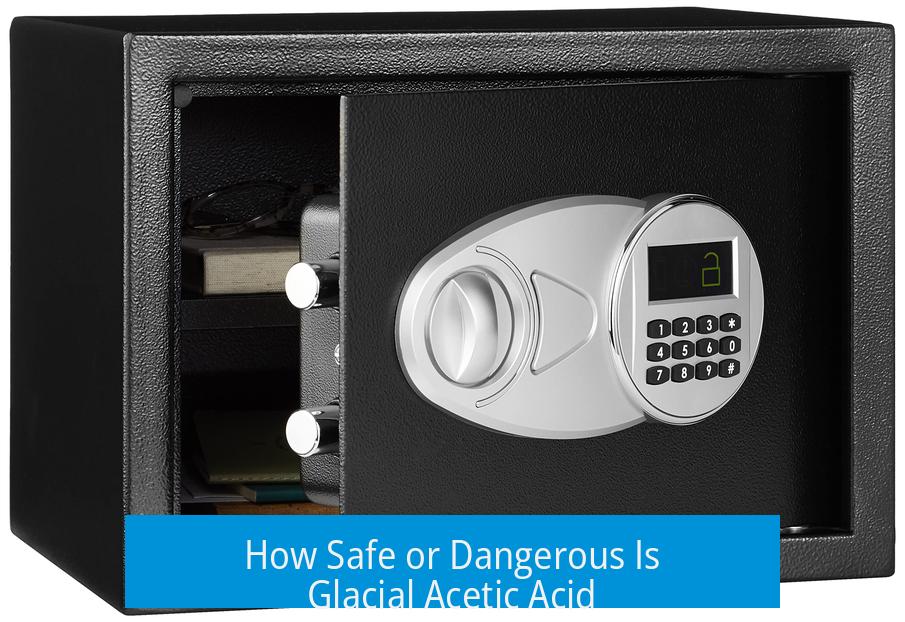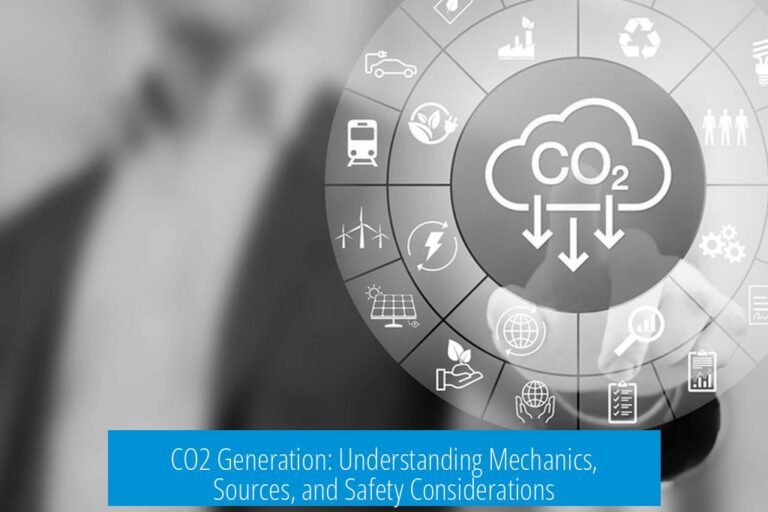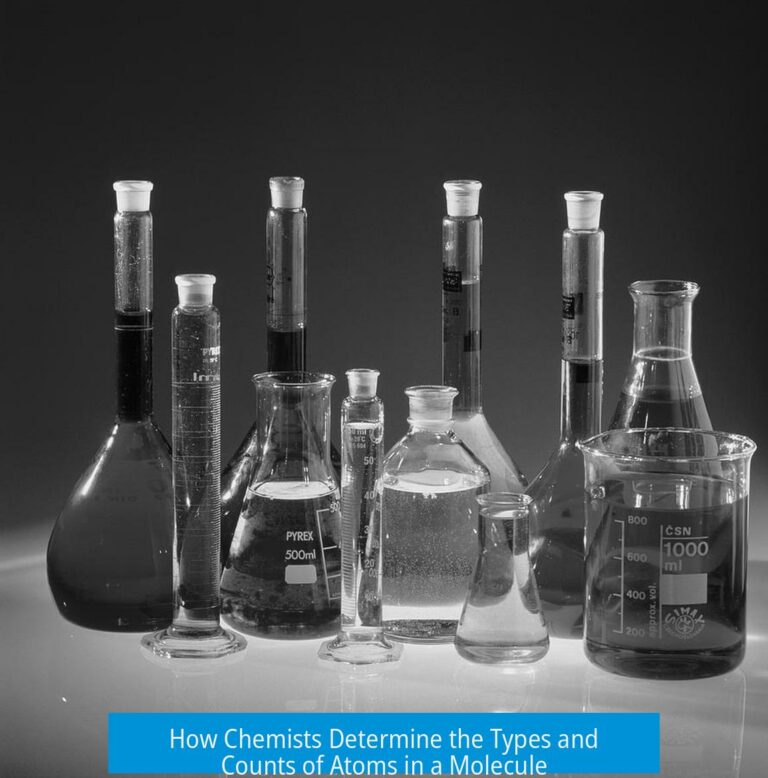How Safe or Dangerous Is Glacial Acetic Acid?

Glacial acetic acid is a highly concentrated form of acetic acid that poses significant safety risks if not handled properly. It can cause severe burns, irritate the eyes and respiratory tract, and is dangerous both in liquid and vapor forms. Safety precautions, including protective equipment and trained handling, are essential when working with glacial acetic acid.
Understanding Glacial Acetic Acid
Glacial acetic acid is an oily, colorless liquid with a strong, pungent odor. It is the pure, undiluted form of acetic acid, with a concentration close to 99-100%. Unlike common vinegar, which contains around 4-8% acetic acid, glacial acetic acid is far more corrosive and hazardous. It is often used in chemical manufacturing, laboratories, and sometimes in industrial cleaning or weed control applications.
Physical Properties and User Experience
Users describe glacial acetic acid as a liquid that is difficult to pour cleanly due to its oily texture and tendency to drip. Exposure to vapors causes strong irritation: the intense smell burns the nose and causes watering of the eyes. Direct skin contact demands immediate washing, as the substance quickly causes damage.
- Odor: Strong, pungent, and irritating
- Form: Oily liquid, not a solid
- User experience: Causes immediate discomfort to eyes and skin
Health Hazards and Risks
Glacial acetic acid’s hazardous nature arises from its corrosivity. It is rated 3 on a health hazard scale of 1 to 4, where 4 indicates extreme danger and fatal potential. This rating means that exposure could result in serious injury or health damage.
Key Health Concerns:
- Eye Contact: Causes rapid and severe damage. Protective eyewear or face shields are necessary. Immediate rinsing is crucial to reduce injury.
- Skin Contact: Causes painful burns. Cases have reported skin peeling, scarring, and long-term tissue damage following exposure.
- Inhalation: Vapors irritate the lungs and mucous membranes. Prolonged or intense exposure risks respiratory damage and long-term health problems.
- Accidental Exposure: Even brief contact can result in significant injury. Anecdotes from chemists recall incidents of serious burns and hospitalizations.
Due to its corrosive effects, glacial acetic acid should not be handled by untrained individuals. Proper chemical safety knowledge is vital.
Handling Recommendations and Personal Protective Equipment (PPE)
Safe use of glacial acetic acid demands thorough preparation and strict adherence to safety protocols. Users must wear proper PPE to prevent exposure.
| PPE Item | Purpose |
|---|---|
| Chemical-resistant gloves | Protect hands from burns and absorption |
| Safety goggles + face shield | Prevent eye contact and facial splashes |
| Lab coat or chemical-resistant apron | Shield skin and clothes from spills |
| Proper ventilation or respirator | Reduce inhalation of harmful vapors |
Beyond PPE, trained supervision, availability of neutralizing agents, and first aid readiness are critical. Simply being careful is insufficient; a safety consciousness gained through experience matters.
Environmental and Practical Concerns
Accidental or careless disposal of glacial acetic acid endangers both local environments and water systems. Its corrosivity can cause damage to plants, soils, and aquatic life. Users must avoid releasing it into the ground or drains.
For pest control or weed management, the use of glacial acetic acid is particularly discouraged. Safer, approved alternatives reduce risks to health and environment.
Alternatives to Glacial Acetic Acid
Several safer substitutes exist for household or garden uses where glacial acetic acid might be considered:
- Household vinegar: Typically 4-8% acetic acid. Effective for weed control and much safer to handle.
- Commercial weed killers: Products like RoundUp or CrossBow are designed for safe application when used as directed.
- Potassium nitrate or copper sulfate: Used for root killing.
- Household cleaners or bleach: Sometimes employed for tough weed problems, with caution regarding environmental impact.
These alternatives usually require higher quantities but pose fewer safety hazards than glacial acetic acid. They also avoid legal complexities and severe handling risks.
Legal and Availability Issues
Glacial acetic acid is regulated in many countries. Some consider it a controlled substance precursor because it can be used to synthesize illicit drugs like heroin. As a result, sale and purchase may require licensing, and large orders often prompt regulatory scrutiny.
This makes it difficult for untrained consumers or laypersons to legally obtain glacial acetic acid. Such restrictions further reinforce the notion that it is not suitable for casual or home use.
Summary Advice for Handling Glacial Acetic Acid
- Do not use glacial acetic acid without chemical training and adequate safety equipment.
- Always wear gloves, goggles, and ideally a face shield when handling.
- Ensure a well-ventilated area or use respirators to avoid inhaling vapors.
- Have neutralizing agents and first aid supplies readily available.
- Do not dispose of it where it can contaminate the environment or water supplies.
- Opt for safer alternatives like household vinegar or commercial products for tasks such as weed control.
- Respect legal restrictions and buy it only from authorized suppliers if necessary for professional use.
Key Takeaways
- Glacial acetic acid is highly corrosive and poses serious health hazards.
- Exposure causes severe skin burns, eye damage, and respiratory irritation.
- Proper personal protective equipment and training are required when handling it.
- It is not suitable for untrained or casual use due to its dangers and legal controls.
- Safer alternatives exist for common household or garden applications.
- Environmental contamination risks demand careful disposal and use.
Is glacial acetic acid safe to handle without protective gear?
No, it is not safe. It can cause burns and serious eye damage. Proper PPE like goggles, gloves, and face shields are needed to handle it safely.
What are the health risks from inhaling glacial acetic acid vapors?
Inhaling vapors can irritate lungs and nose. Exposure may lead to long-term respiratory damage. Avoid breathing fumes by working in well-ventilated areas with masks.
Can glacial acetic acid be used for weed control safely at home?
It is too dangerous for home use. Household vinegar is safer and effective for most weeds. Use pest control products designed for safety instead.
Why is glacial acetic acid regulated and hard to buy?
It is monitored because it can be used to make illegal drugs. Large purchases might trigger legal scrutiny. It’s not easily available to the public.
What should I do if glacial acetic acid contacts my skin or eyes?
Rinse immediately with plenty of water. Seek medical help quickly, as it causes severe burns and tissue damage.





Leave a Comment